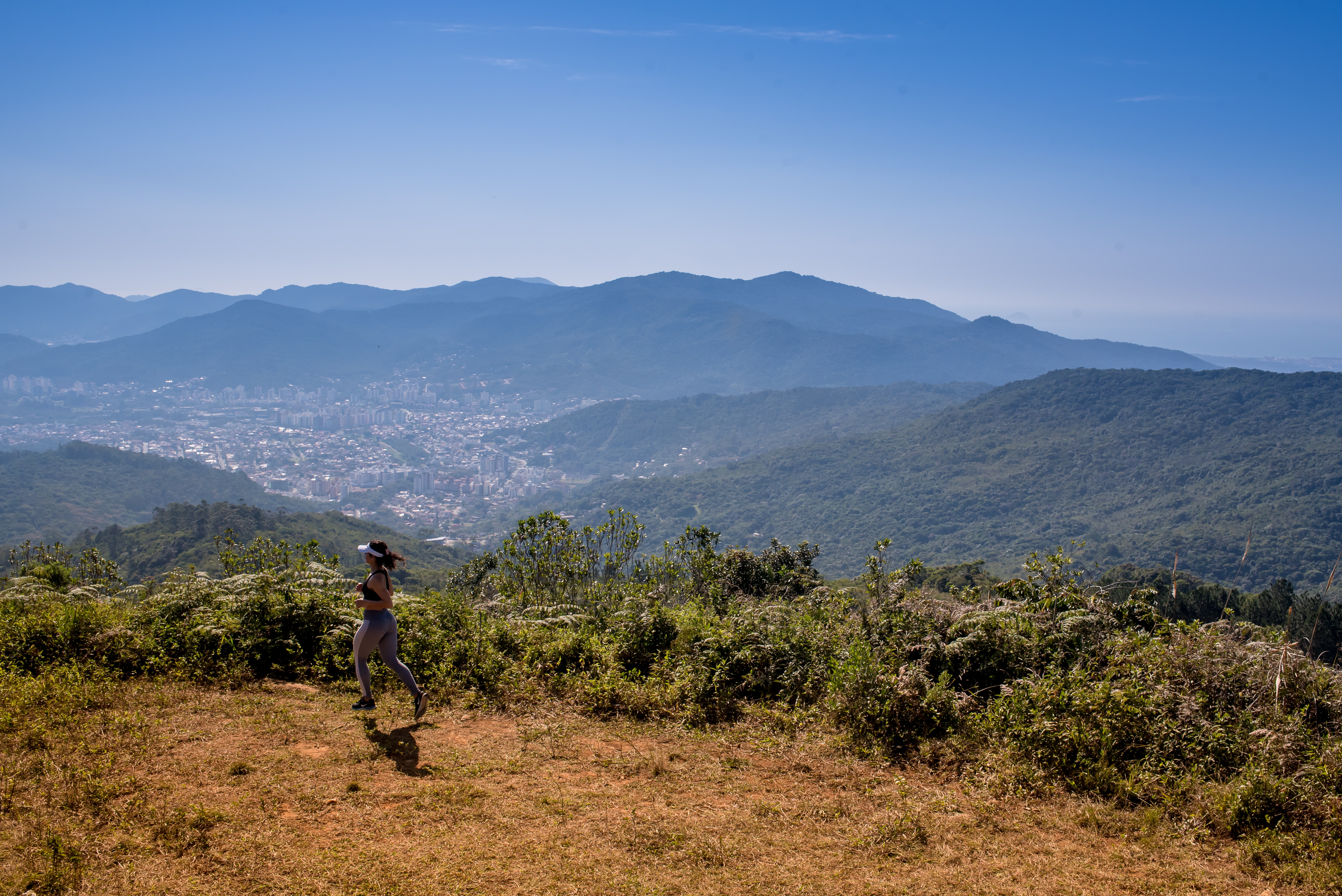
Conventional wisdom tells us that exercising at altitude gives us an edge over those who work out at sea level. But is this really true? Let’s take a look at what the science has to say.
A little over a month ago, I moved from Boston to Denver, the mile-high city that sits around 5280 feet above sea level. While I was excited to be so close to majestic mountains and unlimited hiking opportunities, I was less keen on dealing with the impact of altitude on my exercise routine.
I was particularly concerned because the move coincided with the midpoint of training for my third 26.2-mile race, the Portland Marathon on October 8. Running long distances is difficult enough without the added challenge of 17% less available oxygen than at sea level. But despite expressing my concerns, I was repeatedly told that training at altitude would make me so fit that I would easily set a PR (personal record) when I returned to sea level for the race.
While struggling through those first few weeks of runs at altitude, I began to wonder if my new residence would indeed improve my running performance over the long-term, or of it would simply make my Denver runs slower and more challenging. Doubtful of the conventional wisdom, I turned to scientific research.
According to a 2005 study of elite biathlon athletes training at an altitude of 2050 meters (6725 feet) above sea level, 3 weeks of traditional altitude training increased erythropoietic activity, the process which produces red blood cells, leading to elevated total hemoglobin mass and red blood cell volume, all of which can improve athletic performance. However, these levels returned to near-sea level values just 16 days after descent, which suggests that the effect is only temporary and won’t provide a long-term advantage.
A similar study conducted on cross-country skiers in 1990 found that 2 weeks of training at altitude did not produce any improvements in VO2 max, the maximal rate of oxygen consumption a person can reach and a useful indicator of cardiovascular fitness. However, the study does reveal an improvement in short-term exercise performance, likely a result of increased muscle buffer capacity, the ability of muscles to neutralize the lactic acid that accumulates with exercise, thus delaying fatigue. The researchers do not, however, test how long this improvement lasts.
Alternatively, the “Living high, train lowing” protocol, in which athletes live at high altitude (whether real or simulated) and train at lower altitude, has become popular in recent years. In a 2010 study, eight 400-meter runners lived at simulated altitude for ten days in an “altitude house” of 15.8% oxygen, which mimics over 7,000 feet in altitude. However, they performed all their training outdoors at sea level. A second group of ten 400-meter runners both lived and trained at sea level. The “altitude house” group demonstrated improvements in 400-meter race time, while the sea-level group did not.
While these studies overall do point to a slight advantage of training at altitude to improve performance at sea level, it’s unclear how significant this advantage is, and how long it will last.
What these studies don’t address is how training at altitude feels when compared to training at sea level. Personally, it has been surprisingly difficult. For the first two weeks trudging along the Cherry Creek trail, I felt like my lungs were exploding despite my painfully slow pace. For the most part, that sensation is gone, and I can settle into a rhythm on my runs. However, my pace is upwards of 10 min/mile, rather than my former sea-level pace of around 9:15 min/mile. I’ve also found that my long run endurance is significantly reduced. This can be discouraging to say the least, but it makes sense that my sustainable pace would be quite a bit slower when my body has 17% less oxygen to use for energy.
That being said, I do now have a bit more hope that ten weeks of training at altitude may pay off during my marathon, as I’ll be arriving just 24 hours before the race. At the very least, I’m more confident that the increased oxygen available in the air will lead to an easier, more pleasant running experience.
I’ll be sure to provide an update after October 8, hopefully with a glowing recap of how I easily snagged a shiny new PR to bring back with me to the mountains.



